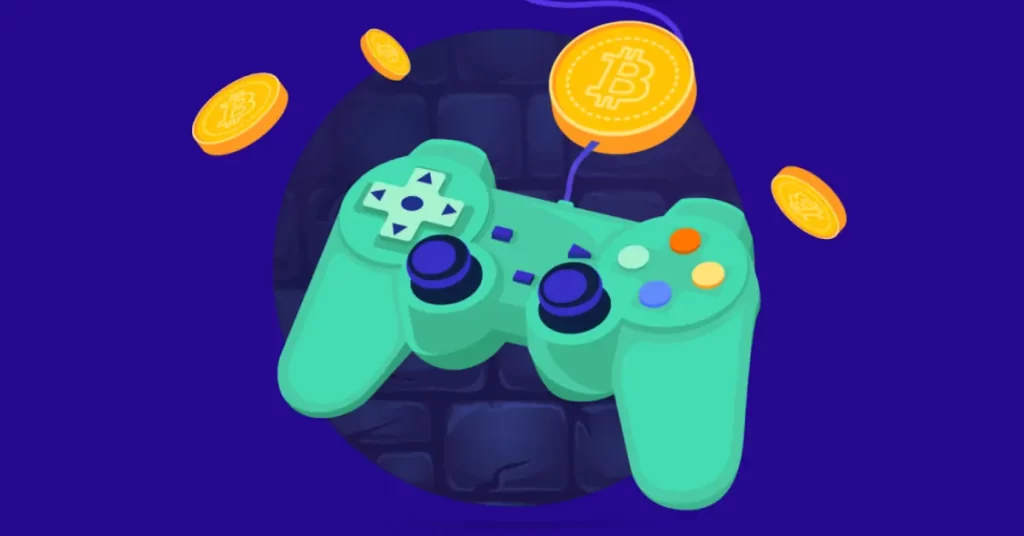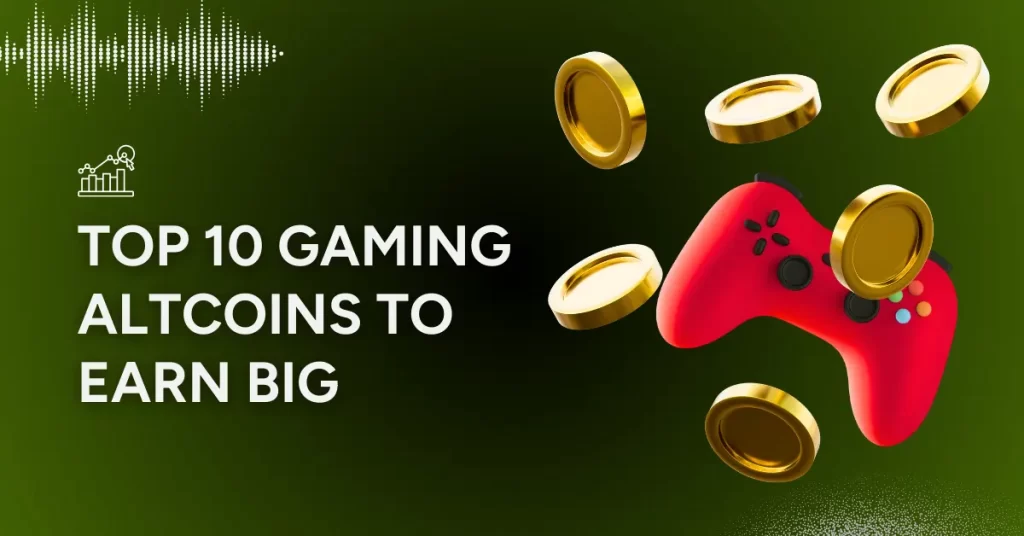Web3 Gaming: The Role of Rewards in Achieving Mainstream Adoption


The post Web3 Gaming: The Role of Rewards in Achieving Mainstream Adoption appeared first on Coinpedia Fintech News
Web3 gaming has surged in popularity following the debut of Non-fungible tokens (NFTs) and the Metaverse during the 2021 bull run.
According to the latest report by DApp Radar, the blockchain gaming sector accounted for the largest share of on-chain activity, with a 28% market dominance while the average number of daily active wallets stood at $6.8 million.
But despite the remarkable growth within the last three years, it is evident that Web3 gaming is yet to achieve the levels of adoption that stakeholders envisioned in the earlier days. For context, a popular Web2 game such as Fortnite has over 650 million registered players while Call of Duty (CoD) enjoys over 100 million monthly users as per the latest statistics.
So, what are Web3 games missing to achieve mainstream adoption? The most obvious shortcoming is the quality of Web3 games, but more importantly, are players getting the value that was initially promised in the concept of incentivized gameplays and can these rewards be redeemed for external value outside the crypto ecosystem?
Incentives: The Key to Mainstream Adoption in Web3 Gaming
The Web 3.0 ecosystem is often touted as the incentivized economy; what this means is that participants are rewarded with value, often in the form of tokens or in-game items in the case of Web3 games. This model has seen pioneer blockchain networks such as Bitcoin and Ethereum achieve mainstream adoption for the simple fact that miners and validators are compensated with ‘valuable’ digital assets.
Similarly, the Web3 gaming ecosystem has an opportunity to bounce back to its glory by paying more attention to the lucrativeness and sustainability of the incentivization models. There have been several instances where games such as Axie Infinity that almost went globally viral became just another name in the industry. To provide some context, SLP, the reward token for Axie Infinity players, is down 99% from its all-time high.
A two-fold Shock and Awe Approach
On the brighter side, innovators in the Web3 gaming ecosystem have the flexibility to try out more flexible incentivization models. A two-fold shock and awe approach is one of the effective ways that stakeholders in this space can leverage to achieve mainstream adoption. But what exactly does this strategy entail?
Simply put, this means allocating a significant amount of funds towards life changing rewards for participating or completing tasks in a Web3 game, massive prize pools and the scalable infrastructure to match the level of incentives in more advanced gaming ecosystems such as the esports industry.
A good example of a Web3 gaming ecosystem that is already implementing an incredible rewards strategy is Funtico. This full stack chain-agnostic platform is designed to bridge the gap between the fun and the rewards aspect by introducing a Web3 gaming ecosystem that is fueled by incredible rewards.
At the core, Funtico prioritizes big rewards for the Web3 games within its ecosystem. The platform features multiple tournaments, including branded tournaments, community tournaments, leaderboards and private rooms that organizations looking to host organized Web3 gaming tournaments can leverage to incentivize the players.
Currently, Funtico is running a tournament dubbed “THE BIG BANTER SHOWDOWN Quarter Final” for one of its in-house games, Formula Funtico, with a prize pool of up to $5000 USDT. The platform’s tap-to-earn game, Lucky Funatic, also features big prize pool tournaments coupled with the thrill of players seamlessly engaging with the game by simply tapping to earn these rewards.
It is also interesting to observe other Web3 games in the tap-to-earn ecosystem that are using the incentive model to attract more users such as Hamster Kombat. This TON-based game involves a gameplay where players act as hamsters tasked with running a crypto exchange to earn in-game rewards.
More importantly, the shock approach doesn’t end with initial rewards. Many are the times when Web3 gamers have been left holding devalued coins as was the case with Axie Infinity, not to mention the fact that most Web3 gaming ecosystems lack sustainable continuity models hence no more incentives for users that have already been onboarded.
For Web3 gaming innovators to consistently attract new audiences, innovators need to adopt more sustainable incentivization elements such as affiliate programs coupled with advanced UI, transparency and superior gaming systems that can not only match the likes of Fortnite and CoD but enhance the participation with rewards that can be redeemed both internally and externally.
Wrap Up
As mentioned in the introduction, the Web3 gaming ecosystem is one of the most active crypto sub sectors but it is still nowhere close to the levels of adoption it should be. While implementing more ‘incentivized tokenomics’ may seem cliche, the key is in making these rewards sustainable.
The next era of Web3 gaming adoption will likely be defined by incredible rewards that are not limited by speculative narratives but by the value these rewards provide to players and the models innovators use to keep them valuable for longer periods, accompanied by more incentive programs throughout the lifecycle of Web3 games.





